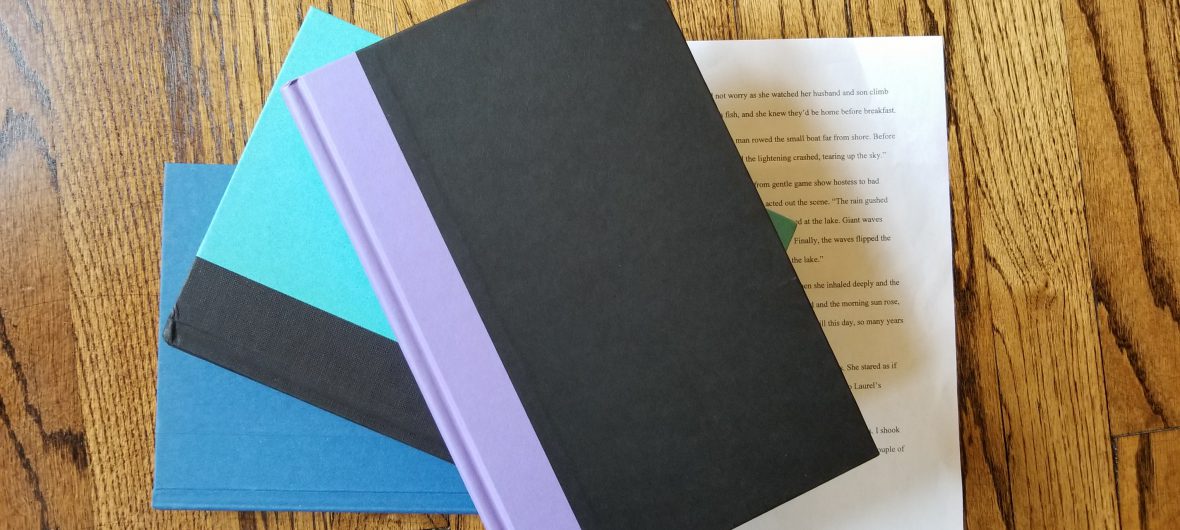Comma splices—sad. How did that poor comma get there between two independent clauses? What kind of person expects that wispy curlicue to do the heavy lifting of a period or semicolon?

What’s a comma splice?
Let me give you some examples. You read, and I’ll cower in the corner until I think you’re done. Here goes:
- Lucy is boring, she doesn’t know when to shut up.
- Ed is addicted to chocolate, he eats it all day.
- Walking outside is healthy, it relieves stress, too.
Comma splices may be as rare as a Yeti sighting, but they’re out there. Believe me. There are also some people who don’t think it’s a big deal. It’s true. There are those who insist if the independent clauses are short and are closely connected, go ahead and use a comma. They say it’s no big whoop.
I beg to differ. That’s how it starts, people. It’s a slippery slope. Can’t you see? Who decides what’s “short,” huh? Who decides what’s “closely connected”—some bleary-eyed writer at the keyboard with one, two, three too many martinis? That guy? Huh?
If you are overwhelmed with the temptation to put a comma between two independent clauses, try using a semicolon. You’ll feel better, and so will I.
If you think you may have commas in need of rescuing, visit I Spy Edits.

